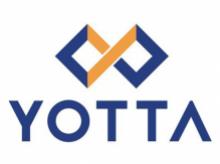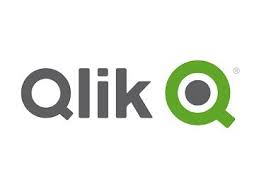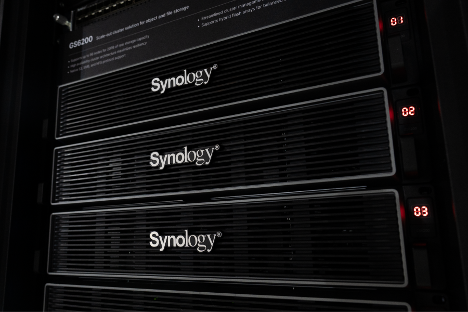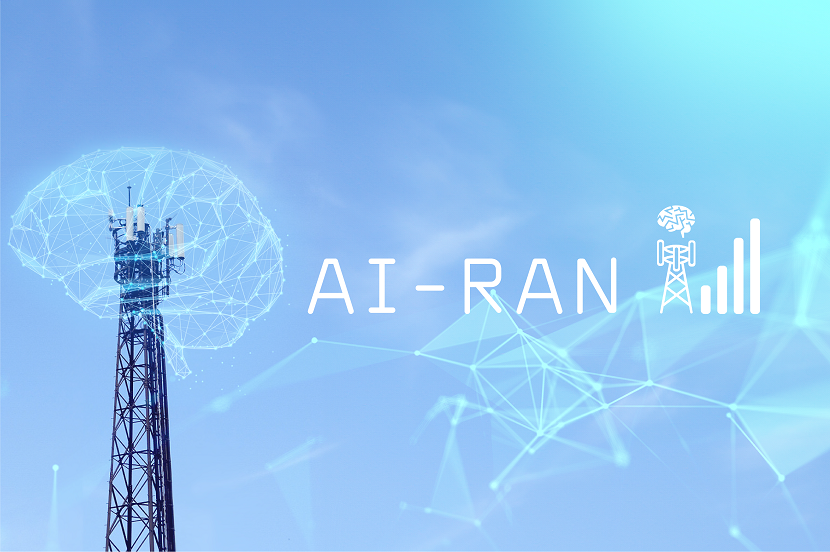Artificial Intelligence-Powered Radio Access Network (AI-RAN) Industry Set to Reach $816,04M,......
The AI-RAN (Artificial Intelligence-Powered Radio Access Network)
Market was valued at US$ 150,00 million in
2024 and is projected to climb to US$ 816,04 million by 2032, registering a
compound annual growth rate (CAGR) of 23.75% from 2025 to 2032.
As mobile data traffic continues to soar,
traditional RAN architectures face scalability and energy challenges. AI
integration in RAN enables real-time decision-making, intelligent load
balancing, and proactive fault detection, reshaping how networks are deployed
and managed globally.
Market
Dynamics
Growing Need for Intelligent Network Automation
The surge in data consumption, combined with the
rollout of 5G and edge computing, has accelerated the demand for
self-optimizing networks (SONs). AI-powered RAN solutions use machine learning
algorithms to monitor traffic patterns, predict network congestion, and
automatically adjust parameters. This results in reduced operational costs,
higher network efficiency, and improved user experience.
Telecom giants such as Ericsson, Nokia, and Huawei
are leveraging AI to develop intelligent base stations capable of real-time
analytics and predictive maintenance. DataM Intelligence’s analysis indicates
that automation in RAN could reduce energy consumption by nearly 20–25%,
aligning with global sustainability goals.
5G Deployment Driving AI-RAN Adoption
The transition from 4G to 5G has introduced
network complexities requiring adaptive and self-learning systems. AI enhances
5G RAN by dynamically allocating spectrum, reducing latency, and managing dense
urban network traffic. AI models embedded in baseband units and distributed
units enable predictive radio resource management, minimizing downtime and
enhancing spectral efficiency.
Countries such as the United States, Japan, South
Korea, and Germany are leading early adopters of AI-RAN technologies. Telecom
operators in these regions are investing in AI-based Open RAN (O-RAN) solutions
to achieve vendor interoperability and cost flexibility.
Energy Efficiency and Green Networking
Energy consumption in radio networks accounts for
over 60% of total mobile operator energy use. Integrating AI helps optimize
network parameters like sleep modes, antenna tilt, and power allocation,
reducing carbon footprints while maintaining performance. AI-RAN also supports
sustainability by enabling energy-aware traffic scheduling, an increasingly
critical factor for green telecom operations.
DataM Intelligence highlights that leading network
providers are collaborating with cloud and AI firms to build energy-optimized
5G infrastructures—one of the key growth accelerators in the forecast period.
Challenges and Limitations
Despite its potential, the AI-RAN market faces
challenges such as data privacy concerns, interoperability issues, and high
implementation costs. Integrating AI models into existing RAN infrastructure
requires extensive data training, robust cybersecurity frameworks, and advanced
computational hardware.
Moreover, the lack of standardization in AI
algorithms across vendors has created fragmentation in deployment strategies.
Overcoming these barriers through collaborative AI model training and federated
learning frameworks remains a key opportunity for market participants.


































Leave A Comment